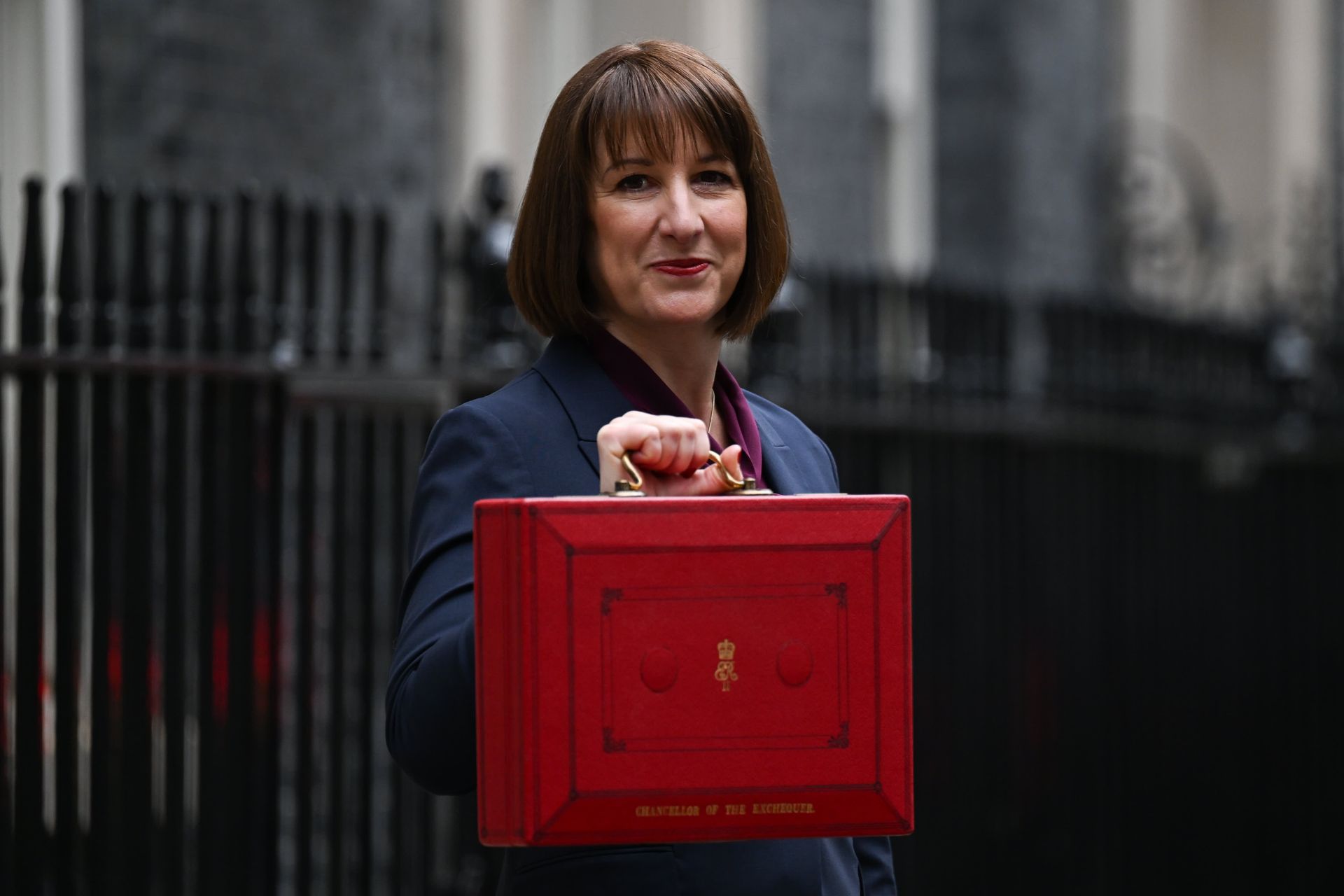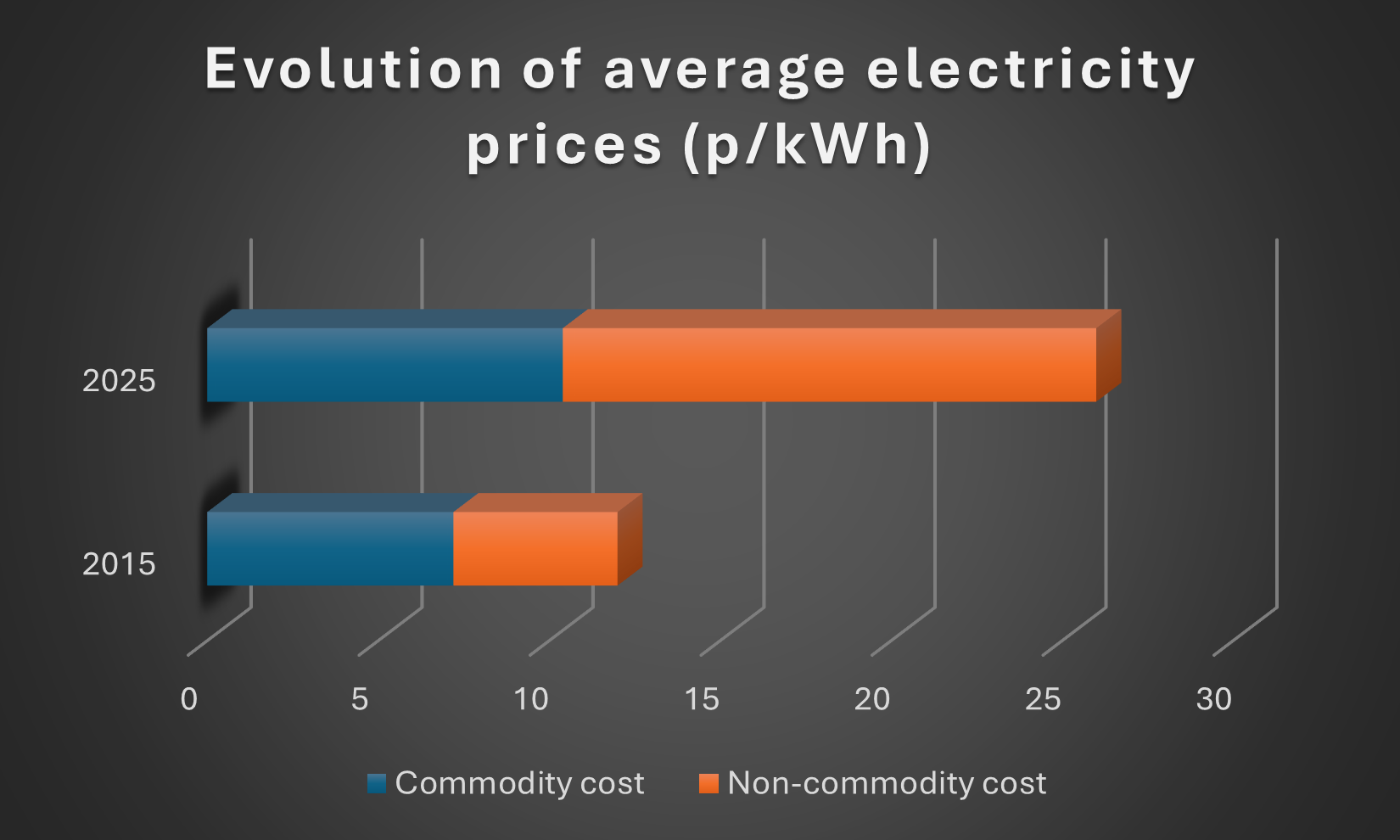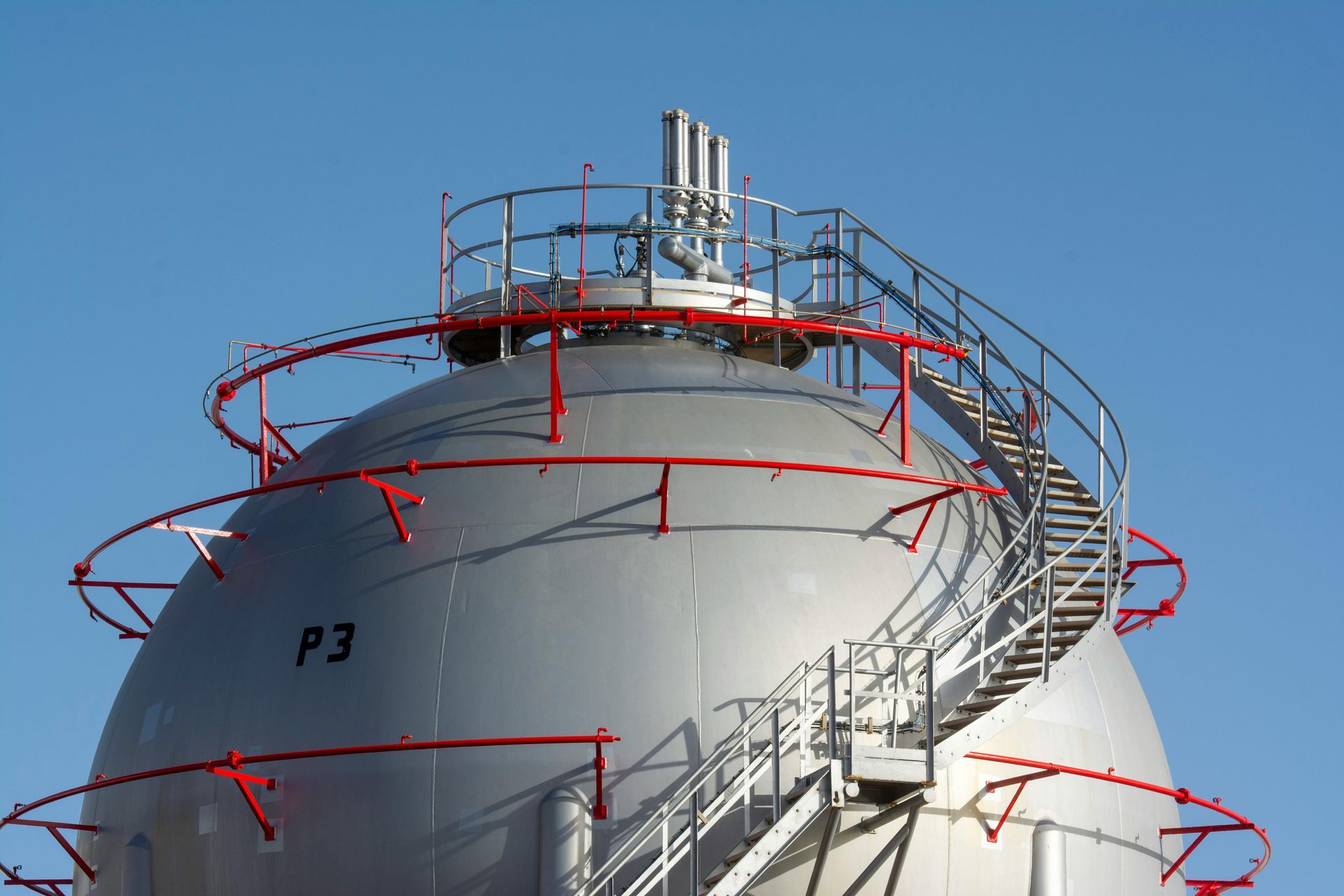June Review
Last month saw the hottest June since records began, as well as a reversal in the downtrend of wholesale UK energy prices. As temperatures rose to 32C, wholesale gas prices rose by 50%.
So why did the prices rise in June?
The highest price we saw during the month occurred the day it was announced that Norwegian gas production will be lower than expected, and maintenance related outages would continue into mid-July. The UK imports approximately 1/3rd of its gas from Norway, who also export to Denmark, Belgium, Germany, and France. With Europe seemingly reliant on Norway’s gas exports, there are fears that the shortfall in production will lead to higher prices for importers.
There was further negative supply news the following week as it was announced that the Netherlands will be shutting down the Groningen gas field on October 1st. While there has been uncertainty around this particular gas field – and it’s impact on the surrounding area – it has always been considered as a plausible backup option should Europe require extra gas production. The closure of the field amounts to the elimination of a major contingency plan and will likely cause some worry amongst countries who haven’t secured their gas supply ahead of the coming winter.

However, small supply disruptions may not impact the UK market as much as first anticipated. National Gas Transmission PLC stated that consumption behaviour has changed, and demand levels have decreased. With higher prices being one of the primary reasons for this shift in consumption patterns.
In spite of this decrease in demand, it hasn’t stopped the National Grid from being proactive in looking to reduce usage during peak hours. The Demand Flexibility Service (DFS) -- used last winter to encourage households to lower their usage during times that the grid is strained -- may include factories and other commercial endeavours if expanded this winter.
While this may be important for some industries to consider, it isn’t the only energy-related matter they should be focusing on at the moment. Consumer Energy Minister Amanda Solloway urged Energy Intensive Industries to make sure they apply for the ETII discount before the deadline (July 25th) passes. There are fears that many businesses who are eligible to receive the extra discount may miss out due to a lack of awareness and not completing their application in time. If you are unsure about whether your business is eligible to receive the ETII discount then check out our previous article on ETII eligibility or contact us today for free assistance with your application.
Multiple factors have led to the higher-than-normal energy prices over the past 18 months, one of which has been the way the National Grid pay generators for producing electricity during times of peak demand. OFGEM are now investigating whether some generators have been exploiting the existing rules to make more profit, at the expense of customers. It remains to see what will come from the OFGEM consultation, but it is promising to see the regulator looking into this matter.
Outlook
Price forecasts for the energy bills of the average household for October ‘23 have fallen. However, rather than being due to a significant decrease in price this is as a result of OFGEM revising the typical consumption levels of a UK household, noting that people are generally consuming less now than they were 2 years ago.
Despite the volatility and wholesale price increases in the gas markets during June, the month did end with some positive news. Centrica announced an increase in storage capacity at the UK’s largest gas storage facility. The increase of 24 billion cubic feet in capacity will help the UK in being prepared for the winter months and fight against any potential complacency caused by last year’s milder-than-usual weather.
Last month we wrote that the wholesale markets were behaving as though they were close to the yearly low and that seems even more likely now with hindsight. The lowest intraday price of 2023 came on May 30th, and the lowest closing price was seen on the 1st of June. It does seem that prices are now set to rise going into the winter months – although more positive news along the lines of Centrica’s increased storage capacity could be sufficient in curtailing price increases. However, with no guarantees of positive fundamental news to come, now does seem like an opportune time to start considering new contracts for those whose contract is up for renewal before the end of Q1 2024.
If your business requires advice with its energy procurement, management, or planning, then don’t hesitate to contact Seemore Energy to speak to experienced advisors who can help you with bespoke strategies and advice that is tailored to your needs.










